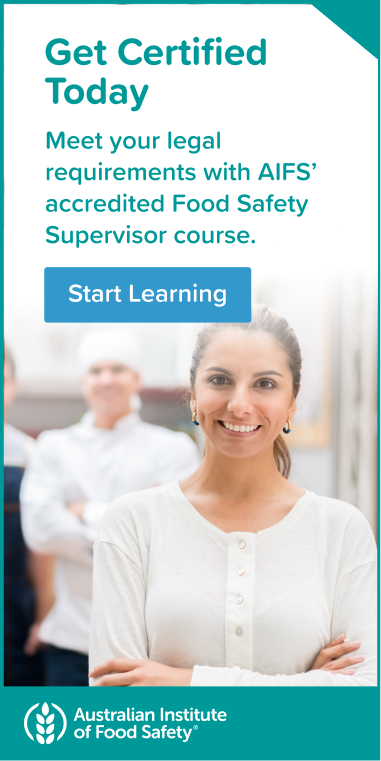
Food spoilage happens when there is an undesirable change to the normal state of food.
Examples of perishable foods
Perishable foods are foods that are likely to degrade, spoil or become unsafe to eat if they’re not consumed within a short time after purchase, mishandled (e.g. left in an unsafe temperature for too long) or improperly stored.
These foods include:
- Milk, cheese and other dairy products
- Seafood
- Poultry
- Beef
- Pork
- Vegetables and fruits
What causes food to spoil?
Food spoilage occurs when there’s a disagreeable change in the normal state of the food making it unfit to eat. This may be a change to the taste, texture, smell or appearance of the food.
Spoilage is usually caused by yeast, mould or bacteria. A typical example of spoilage is green or white fuzzy patches appearing on a piece of fruit. Spoilage caused by harmful bacteria is known as pathogenic spoilage and renders food unsafe to eat. While spoilage doesn’t always mean that the item is unsafe to eat, customers should never be served spoiled food.
Common signs of spoilage
Dairy products: The most common signs that these products have gone bad are black or green mould, a strong smell and taste, or curdling.
Fruits and vegetables: Signs of spoilage on these foods include bad smells, soft or mushy texture, and mould.
Seafood and meats: Spoiled seafood and meats often exhibit discolouration, slime and a foul odour.
A note about low-risk foods: Low-risk foods, such as canned or baked goods, can also spoil. Signs of spoilage for baked goods include green or white mould. Canned items may have a strong smell, cloudy appearance or soft or jelled texture. The can itself may bulge or release gas or spurting liquids upon opening.
Other monitoring techniques
Sensory monitoring (relying on touch, sight, taste and smell) is one of several techniques that can be leveraged when assessing food spoilage.
Other methods include physical monitoring such as checking weight or temperature, chemical, such as conducting a nutritional or acidity-level analysis, and observation, such as monitoring cleaning schedules.
Ensuring you’re monitoring food for signs of spoilage is a critical component of any Food Safety Program. Such programs are used to control hazards within the business and prevent health risks such as food-borne illnesses. Australian food businesses are required to implement a Food Safety Program that adheres to food safety standards set out in the Australia New Zealand Food Standards Code. Check out the AIFS Guide to Building a Food Safety Program for more information.




